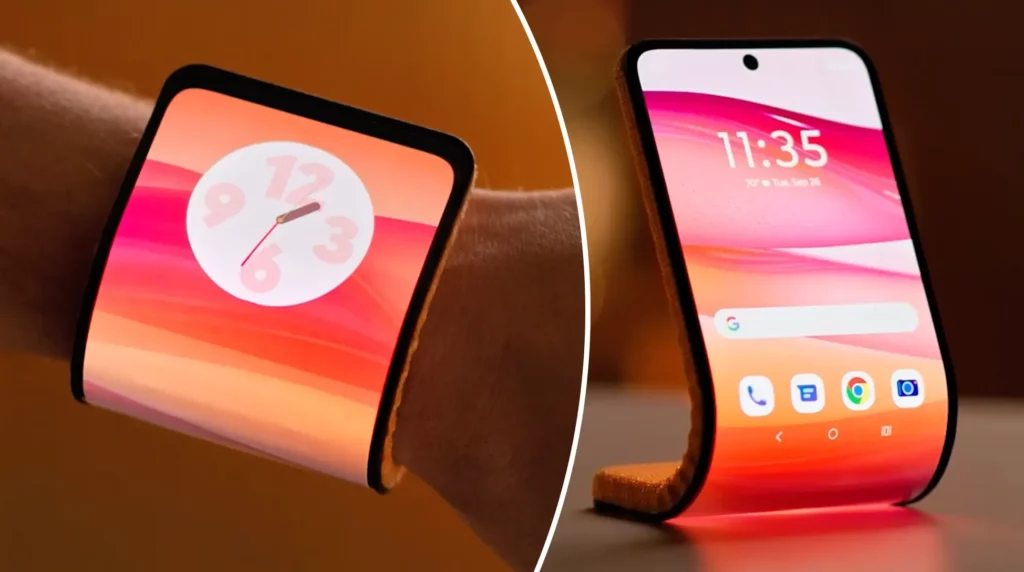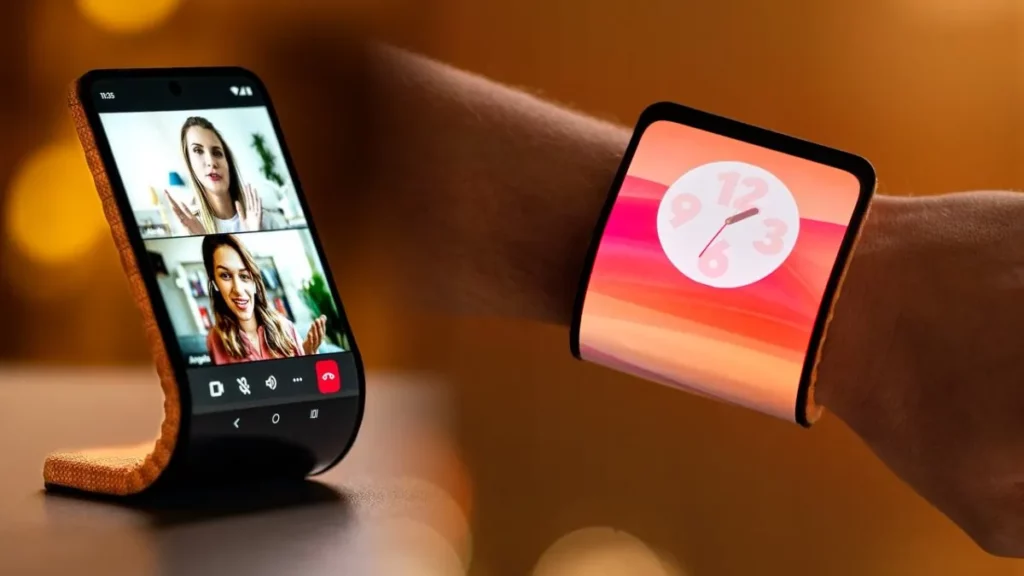Meet Shubham, your wrist-tech companion! As a Smart Watches aficionado, he weaves tech tales with a dash of personal flair. Let Shubham guide you through...Read more
Space is vast and full of matroids and other elements. So, to complete their missions successfully, astronauts must always be aware of their surroundings. But the question arises: has an astronaut ever been lost in space? Yes, due to spatial disorientation, they often get lost. As a solution, innovative wearable devices to prevent astronauts to get lost in space are being invented.
Spatial disorientation, a condition that makes it difficult or impossible to know which direction is up or down, can effect even the most experienced astronauts. Thinking of what happens if an astronaut gets lost in space? Why do Astronauts wear a protective gear on moon? Don’t worry; we have covered everything about the Vibrotactile wearable device in this article.
Wearable Devices To Prevent Astronauts To Get Lost In Space
Wearable technology is growing nowadays. We should anticipate seeing many more cutting-edge and useful wearable devices to prevent astronauts to get lost in space due to spatial disorientation in the future.
Researchers are developing numerous wearable gadgets to prevent astronauts from getting lost in space. Vibrotactile devices are one type of device that gives astronauts feedback on their orientation through vibrations. The device with many vibrators is designed to be worn on the body and can be configured to vibrate in different patterns.
Vimal and his team developed vibrotractors, which are vibrating devices that send skin cues to the vestibular system, an equipment in our inner ear that tells the brain how tilted our head is and helps keep us upright.
Here are the key points of the research for wearable devices to prevent astronauts to get lost in space:
- Researchers developed the sensor by testing vibrotactors in simulated spaceflight utilizing sensory deprivation and a multi-axis rotating apparatus.
- Thirty individuals were enlisted, ten of whom received vibrotactor training, ten of whom received rotation device training, and ten of whom received both. Each participant received earplugs, a blindfold, and white noise to listen to.
- Individuals who wore vibrotactors had four tied to each arm, and when they deviated from the balance point, the devices would buzz.
- Every individual participated in 40 trials with the goal of maintaining the rotating device as near to the balancing point as feasible.
- The majority of the participants stated that they trusted the device and outperformed those who only received standard rotation device training.
- The group that received only rotation device training experienced more crashes, more movements about the balance point, and more accidental self-destabilizations.
- The group that received both vibrotactors and rotation device training did the best as the test went on.
What Researchers Say About Astronauts Getting Lost In space?
According to Dr. Vivekanand Vimal of Brandeis University in Massachusetts, astronauts will be more susceptible to spatial disorientation due to the numerous physiological and psychological strains associated with extended spaceflight. An astronaut who becomes disoriented will not be able to rely on their own internal sensors, on which they have lived their entire lives.
Dr. Vimal pointed out that the cognitive trust that a pilot has in this external device will probably not be sufficient. Instead, a deeper, almost sub-cognitive level of trust is required, and specialized training will be needed to accomplish this.
Based on more testing done with the sensors, developers have stated that there may be other uses for the sensors in spaceflight, such as assisting astronauts with safe planet landings and providing support when they are outside of a spacecraft.
For those wondering, has an astronaut ever been lost in space? The answer is yes, and now the wearable devices to prevent astronauts to get lost in space is going to be a big step in this. Let’s dig deep and know about the reasons why astronauts get lost in space so that it can help us understand why there is a need for Vibrotactile devices.
Why Do Astronauts Get Lost In Space?

Astronauts get lost in space due to spatial disorientation.
If you are wondering what happens if an astronaut gets lost in space, then you must be aware of the following reasons behind this:
- Spatial disorientation is its main cause. Astronauts are disoriented in space for a variety of reasons. The absence of gravity in space is one of the causes. Astronauts’ bodies can no longer rely on gravity to give them a consistent sense of up and down, so without it, they would be unable to orient themselves.
- The lack of visual clues is another factor. There is no horizon or other reference to assist with orientation in space. Because of this, it may be challenging to determine which way is up or down, particularly when the astronaut is rotating or moving.
Space disorientation can also be caused by the body’s vestibular system sending contradictory messages. The vestibular system is in charge of maintaining the equilibrium and sense of balance. Disorientation may result from the vestibular system’s inability to understand the impulses sent to the brain while in space.
Thinking about why do Astronauts wear a protective gear on moon? Is it for the same reason? Yes, you are right. Because humans lose many cues necessary for self-orientation when they leave the earth’s surface, astronauts are at risk of experiencing spatial disorientation, which can be dangerous. So, to protect themselves from any injury, they wear protective gear.
To guard against this, astronauts typically require extensive training; however, experts now believe that the new wearable devices to prevent astronauts to get lost in space could make space travel safer.
Wrapping Up
Wearable devices to prevent astronauts to get lost in space may be a significant device in preventing astronauts from getting disoriented in space. Wearable technology can help astronauts stay safe and finish their missions by giving them feedback and information about their surroundings in real-time.
Considering all these things, developing wearable technology to prevent astronauts from getting lost in space is encouraging and could increase efficiency and safety in space travel.
Feature Image Credits: Phys Org
Meet Shubham, your wrist-tech companion! As a Smart Watches aficionado, he weaves tech tales with a dash of personal flair. Let Shubham guide you through a world where your wristwear not only tells time but also reflects your style and passion for innovation. Get ready to explore the smart side of fashion with your go-to guru, Shubham!
More Posts



